Feasibility of a Thermography Nondestructive Technique for Determining the Quality of Historical Frescoed Masonries: Applications on the Templar Church of San Bevignate
Abstract
:1. Introduction
2. The Templar Church of San Bevignate
2.1. Historical Background
2.2. The Architecture of the Church
3. Principles and Thermographic Data Analysis
3.1. Principles
3.2. Laboratory Validation
4. Thermographic Analysis on Frescoed Masonry Walls and Results
4.1. Experimental Campaign
4.2. Image Elaboration
4.3. Identification of Masonry Wall Texture and Peculiar Characteristics of the Frescoes
4.4. Identification of Deficiencies and Discontinuities
4.5. From the Masonry Recognition to the Identification of Mechanical Properties
5. Conclusions
Author Contributions
Funding
Acknowledgments
Conflicts of Interest
References
- Gusella, V.; Cluni, F. Random field and homogenization for masonry with nonperiodic microstructure. J. Mech. Mater. Struct. 2006, 1, 357–386. [Google Scholar] [CrossRef] [Green Version]
- Cavalagli, N.; Cluni, F.; Gusella, V. Strength domain of non-periodic masonry by homogenization in generalized plane state. Eur. J. Mech.-A/Solids 2011, 30, 113–126. [Google Scholar] [CrossRef]
- Gusella, F.; Cluni, F.; Gusella, V. Homogenization of dynamic behaviour of heterogeneous beams with random Young’s modulus. Eur. J. Mech.-A/Solids 2019, 63, 260–267. [Google Scholar] [CrossRef]
- Gusella, F.; Cluni, F.; Gusella, V. Homogenization of the heterogeneous beam dynamics: The influence of the random Young’s modulus mixing law. Compos. Part B Eng. 2019, 167, 608–614. [Google Scholar] [CrossRef]
- Jasiński, R.; Drobiec, L.; Mazur, W. Validation of Selected Non-Destructive Methods for Determining the Compressive Strength of Masonry Units Made of Autoclaved Aerated Concrete. Materials 2019, 12, 389. [Google Scholar]
- Starnes, M.A.; Carino, N.J.; Kausel, E.A. Preliminary Thermography Studies for Quality Control of Concrete Structures Strengthened with Fiber-Reinforced Polymer Composites. J. Mater. Civ. Eng. 2003, 15, 266–273. [Google Scholar] [CrossRef] [Green Version]
- Borgogno Mondino, E.; Grua, M.; Lingua, A.; Tonolo, F.G. Tecniche innovative per il rilievo multispettrale di affreschi murali. In Atti Della IX Conferenza Nazionale Asita; Catania, Italy, 2005; pp. 445–450. ISBN 978-88-941232-2-7. [Google Scholar]
- Barberà, G.A. Fotogrametría Para La Conservación-Restauración De Bienes Culturales. Unicum 2018, 17, 153–162. [Google Scholar]
- Cluni, F.; Costarelli, D.; Minotti, A.M.; Vinti, G. Enhancement of thermographic images as tool for structural analysis in earthquake engineering. NDT E Int. 2015, 60, 60–72. [Google Scholar] [CrossRef]
- Cluni, F.; Gusella, V.; Vinti, G. Masonry elastic characteristics assessment by thermographic images. Meccanica 2019, 54, 1339–1349. [Google Scholar] [CrossRef] [Green Version]
- Cluni, F.; Costarelli, D.; Gusella, V.; Vinti, G. Reliability increase of masonry characteristics estimation by a sampling algorithm applied to thermographic digital images. Probab. Eng. Mech. 2020, 60, 103022. [Google Scholar] [CrossRef]
- Nicolini, U. Le canonizzazioni “facili” del comune di Perugia: Il caso di San Bevignate, già in Templari e Ospitalieri. In Italia. La Chiesa di San Bevignate a Perugia; Roncetti, M., Scarpellini, P., Tommasi, F., Eds.; Milano, Italy, 1987; pp. 39–45, 337–348. [Google Scholar]
- Merli, S. L’insediamento dei Templari a Perugia: da San Giustino d’Arna a San Bevignate. In Commilitones Christi. Miscellanea di studi; Sammarco, S., Ed.; Commilitones Cfristi: Roma, Lisanti, 2017; pp. 9–84. [Google Scholar]
- Groth, E.B.; Clarke, T.G.R.; Schumacher da Silva, G.; Iturrioz, I.; Lacidogna, G. The Elastic Wave Propagation in Rectangular Waveguide Structure: Determination of Dispersion Curves and Their Application in Nondestructive Techniques. Appl. Sci. 2020, 10, 4401. [Google Scholar] [CrossRef]
- Gusella, V.; Liberotti, R. Seismic Vulnerability of Sub-Structures: Vantitelli’s Modulus in Murena Palace. Buildings 2020, 10, 164. [Google Scholar] [CrossRef]
- Liberotti, R.; Cluni, F.; Gusella, V. Vulnerability and seismic improvement of architectural heritage: The case of Palazzo Murena. Earthq. Struct. 2020, 18, 321–335. [Google Scholar]
- Moropoulou, A.; Avdelidis, N.P.; Karoglou, M.; Delegou, E.T.; Alexakis, E.; Keramidas, V. Multispectral Applications of Infrared Thermography in the Diagnosis and Protection of Built Cultural Heritage. Appl. Sci. 2018, 8, 284. [Google Scholar] [CrossRef]
- Verstrynge, E.; Lacidogna, G.; Accornero, F.; Tomor, A. A review on acoustic emission monitoring for damage detection in masonry structures. Constr. Build. Mater. 2020, 121089. [Google Scholar] [CrossRef]
- Botticelli, G. Metodologia di Restauro delle Pitture Murali. Ediz. Ampliata; StreetLib: Florence, Italy, 2020. [Google Scholar]
- Kordatos, E.Z.; Exarchos, D.A.; Stavrakos, C.; Moropoulou, A.; Matikas, T.E. Infrared thermographic inspection of murals and characterization of degradation in historic monuments. Constr. Build. Mater. 2013, 48, 1261–1265. [Google Scholar] [CrossRef]
- Lermé, N.; Le Hégarat-Mascle, S.; Zhang, B.; Aldea, E. Fast and efficient reconstruction of digitized frescoes. Pattern Recognit. Lett. 2020, 138, 417–423. [Google Scholar] [CrossRef]
- Carlomagno, G.M.; Meola, C. Comparison between thermographic techniques for frescoes NDT. NDT E Int. 2002, 35, 559–565. [Google Scholar] [CrossRef]
- Sfarra, S.; Laureti, S.; Gargiulo, G.; Malekmohammadi, H.; Sangiovanni, M.A.; La Russa, M.; Burrascano, P.; Ricci, M. Low Thermal Conductivity Materials and Very Low Heat Power: A Demanding Challenge in the Detection of Flaws in Multi-Layer Wooden Cultural Heritage Objects Solved by Pulse-Compression Thermography Technique. Appl. Sci. 2020, 10, 4223. [Google Scholar] [CrossRef]
- Mercuri, F.; Orazi, N.; Paoloni, S.; Cicero, C.; Zammit, U. Pulsed Thermography Applied to the Study of Cultural Heritage. Appl. Sci. 2017, 7, 1010. [Google Scholar] [CrossRef]
- Lerma, C.; Mas, Á.; Gil, E.; Vercher, J. Hygrothermal Behaviour of Continuous Air Chambers on Stone Panels Façades through CFD and IRT. Appl. Sci. 2019, 9, 3001. [Google Scholar] [CrossRef] [Green Version]
- Campione, I.; Lucchi, F.; Santopuoli, N.; Seccia, L. 3D Thermal Imaging System with Decoupled Acquisition for Industrial and Cultural Heritage Applications. Appl. Sci. 2020, 10, 828. [Google Scholar] [CrossRef] [Green Version]
- Vasconcelos, G.; Lourenço, P.; Alves, C.; Pamplona, J. Ultrasonic evaluation of the physical and mechanical properties of granites. Ultrasonics 2008, 48, 453–466. [Google Scholar] [CrossRef] [PubMed] [Green Version]
- Noor-E-Khuda, S.; Albermani, F. Mechanical properties of clay masonry units: Destructive and ultrasonic testing. Constr. Build. Mater. 2020, 219, 111–120. [Google Scholar] [CrossRef]
- Vasanelli, E.; Calia, A.; Colangiuli, D.; Micelli, F.; Aiello, M.A. Assessing the reliability of non-destructive and moderately invasive techniques for the evaluation of uniaxial compressive strength of stone masonry units. Constr. Build. Mater. 2016, 124, 575–581. [Google Scholar] [CrossRef]
- Cluni, F.; Gusella, V. Homogenization of non-periodic masonry structures. Int. J. Solids Struct. 2004, 41, 1911–1923. [Google Scholar] [CrossRef]


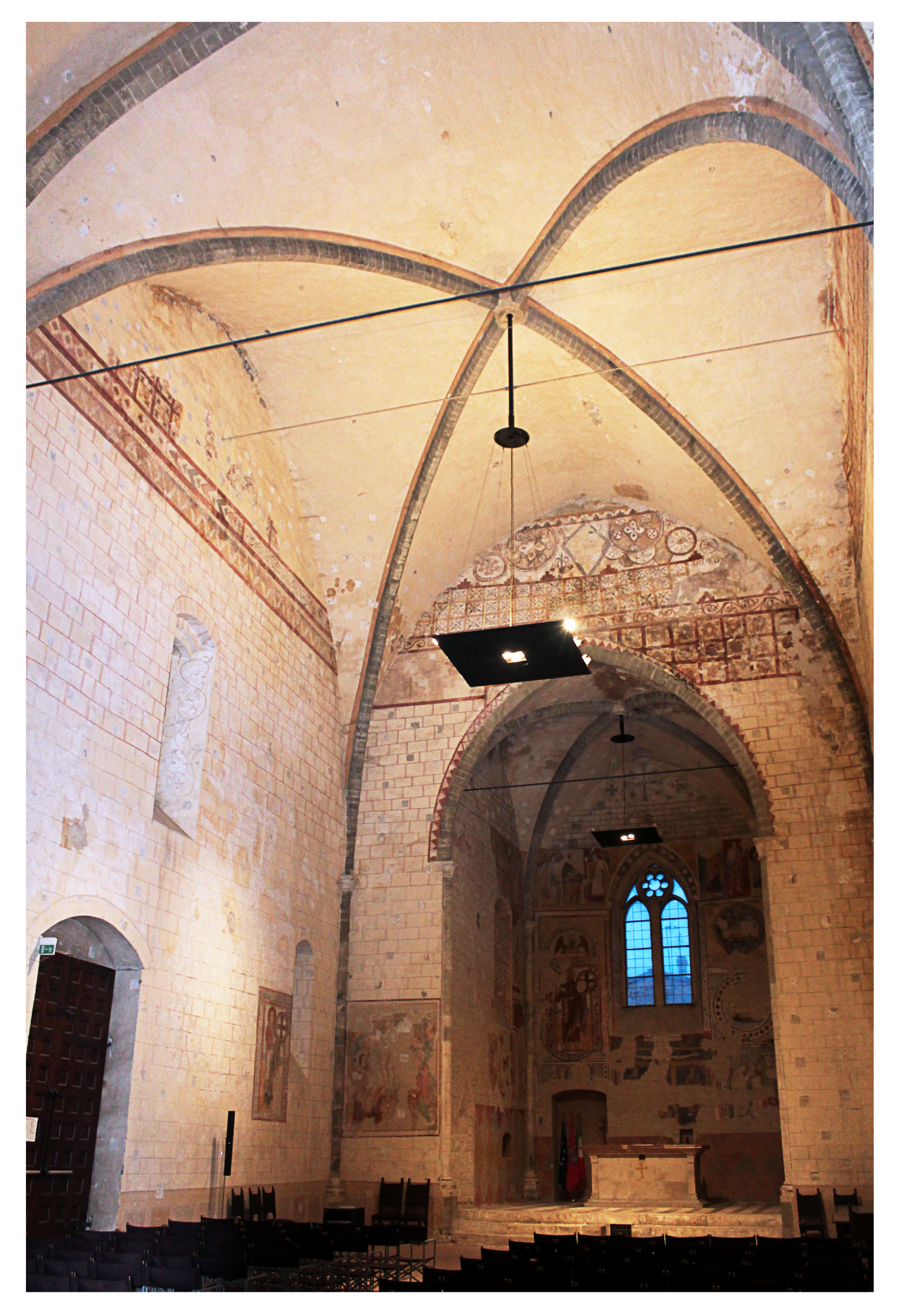




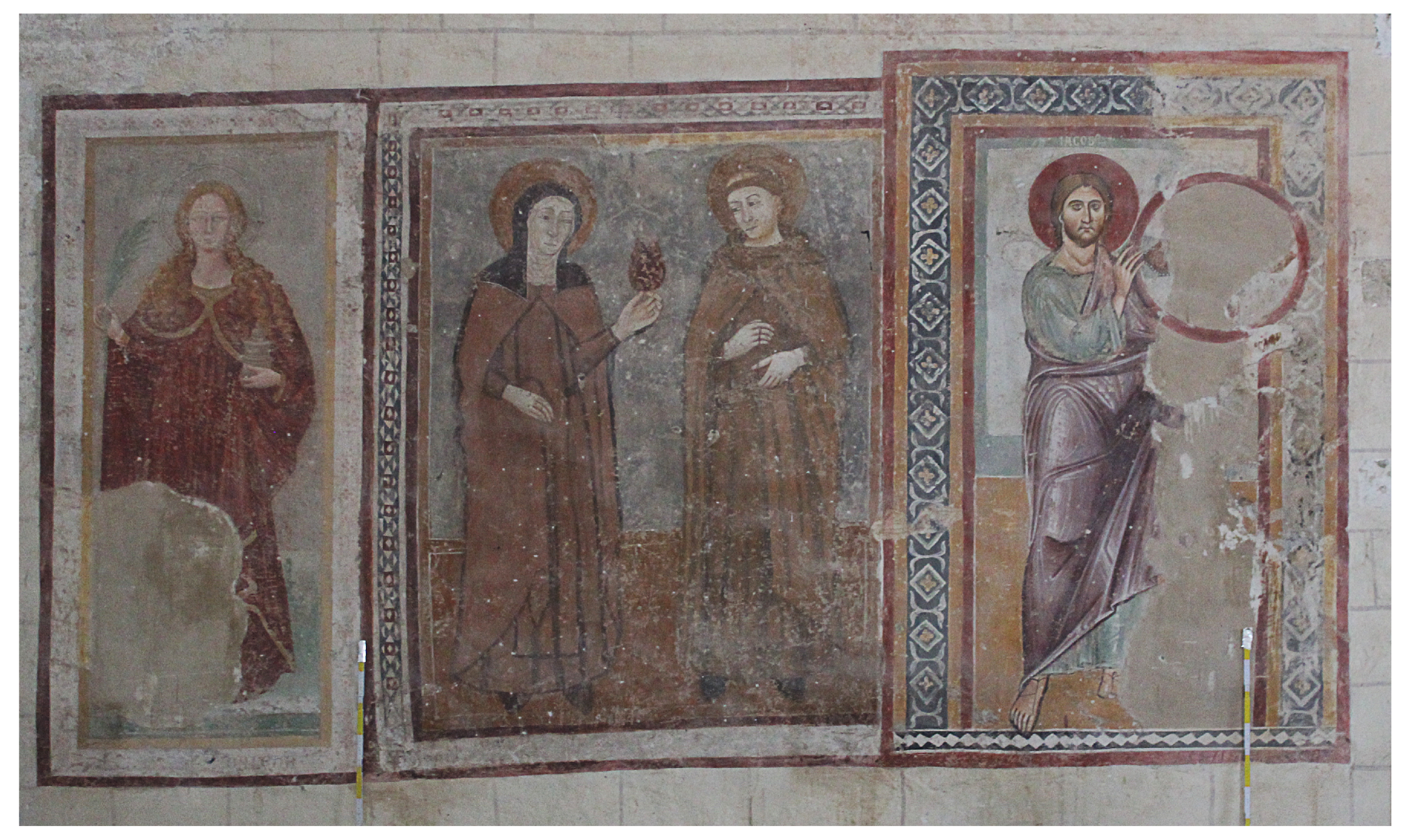


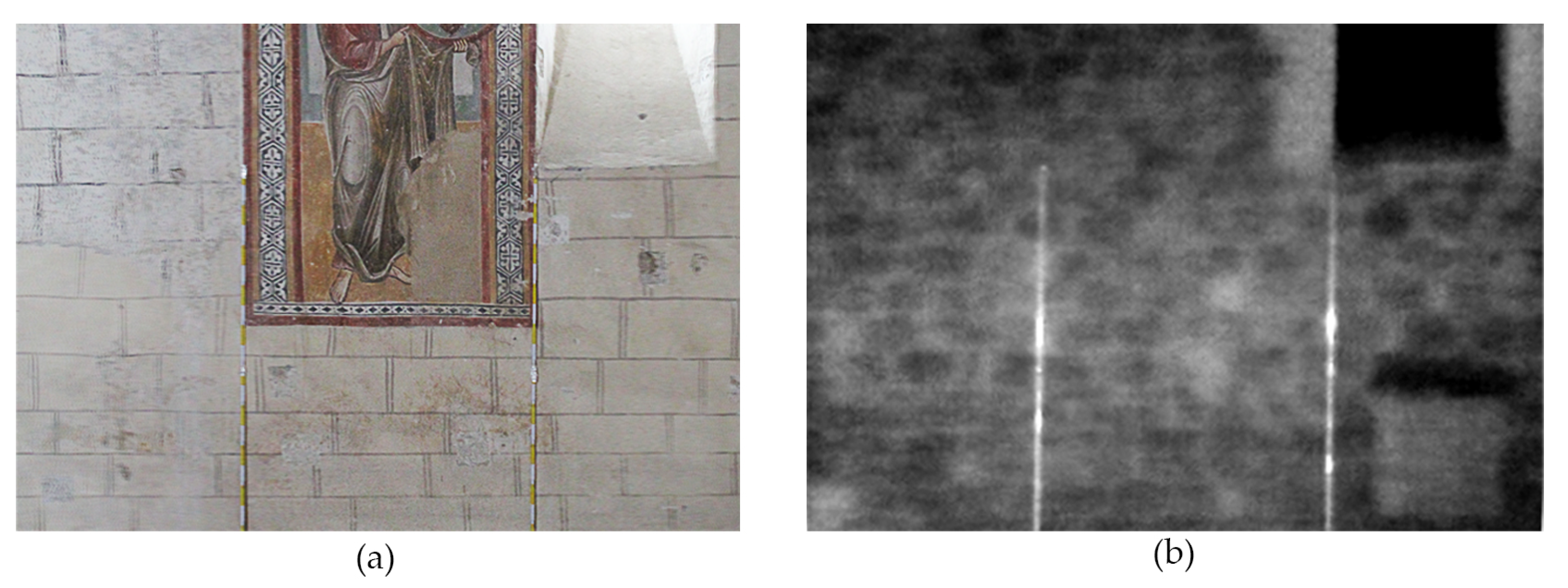
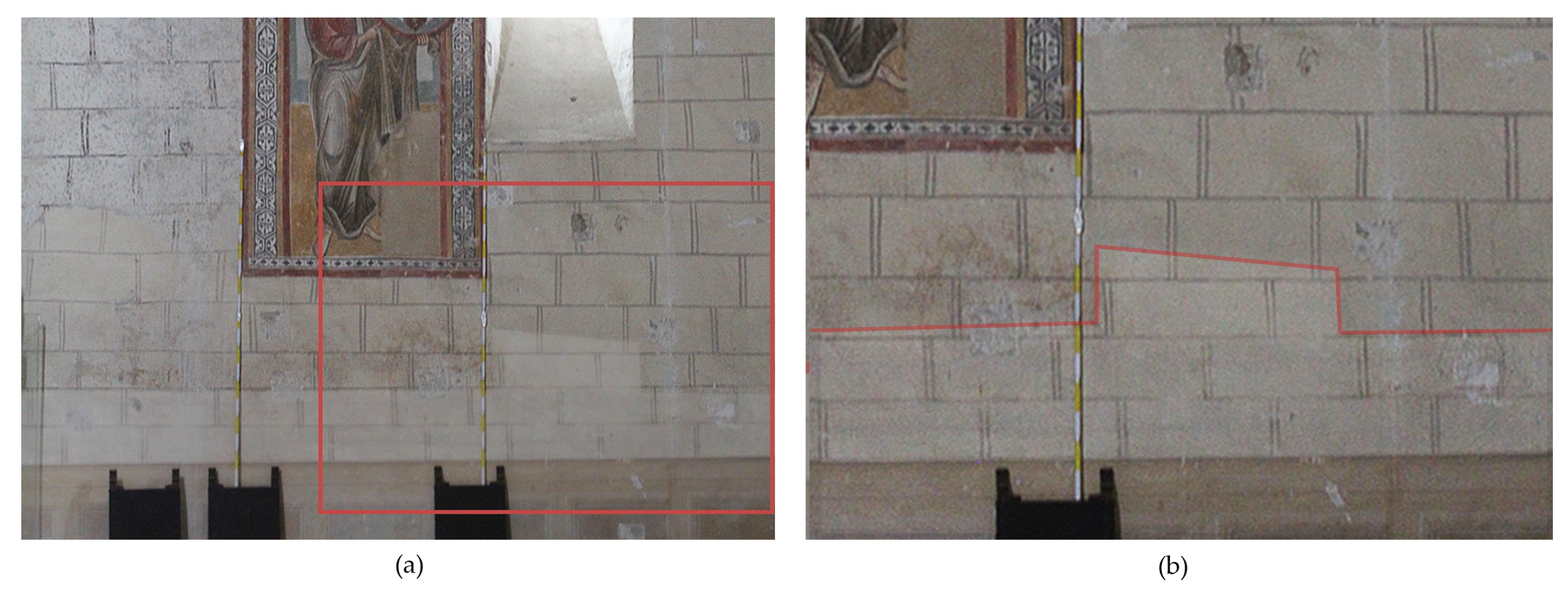
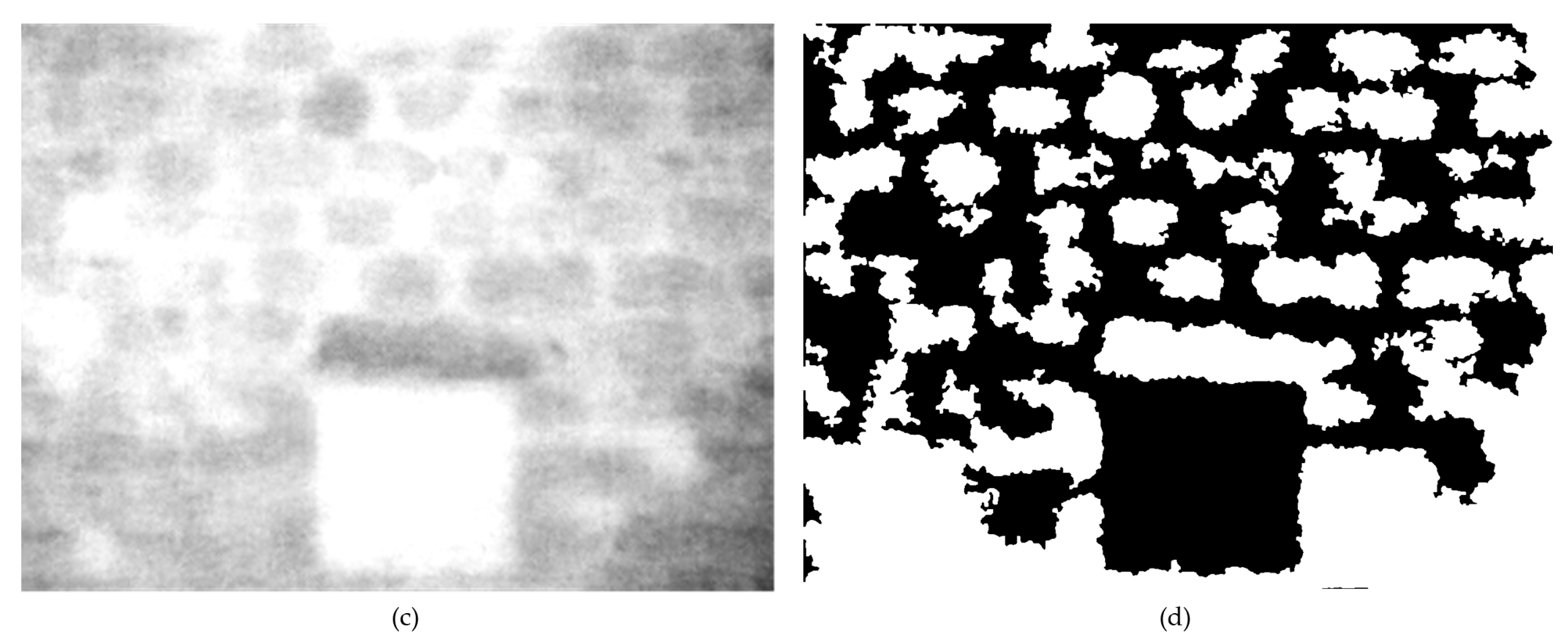
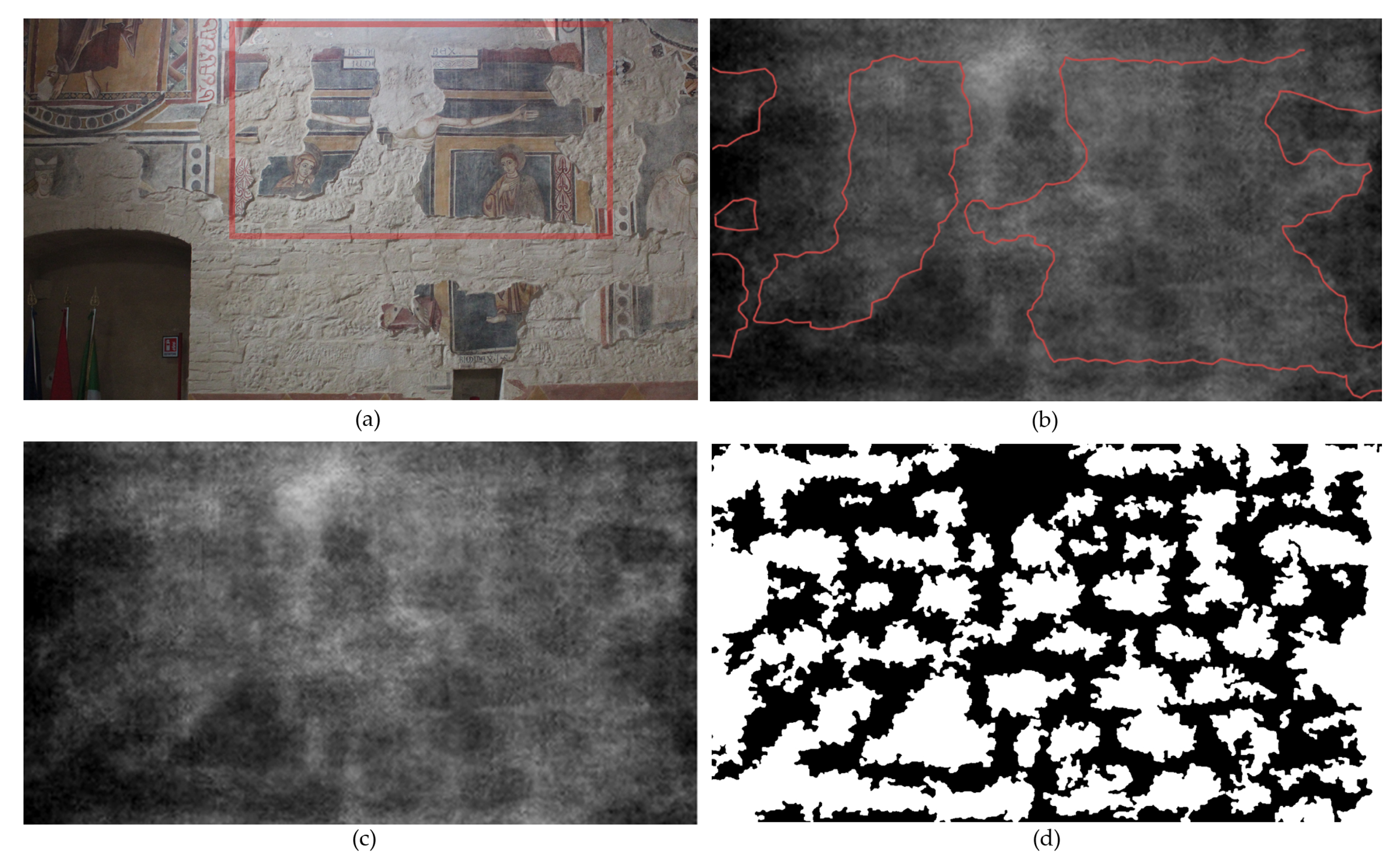
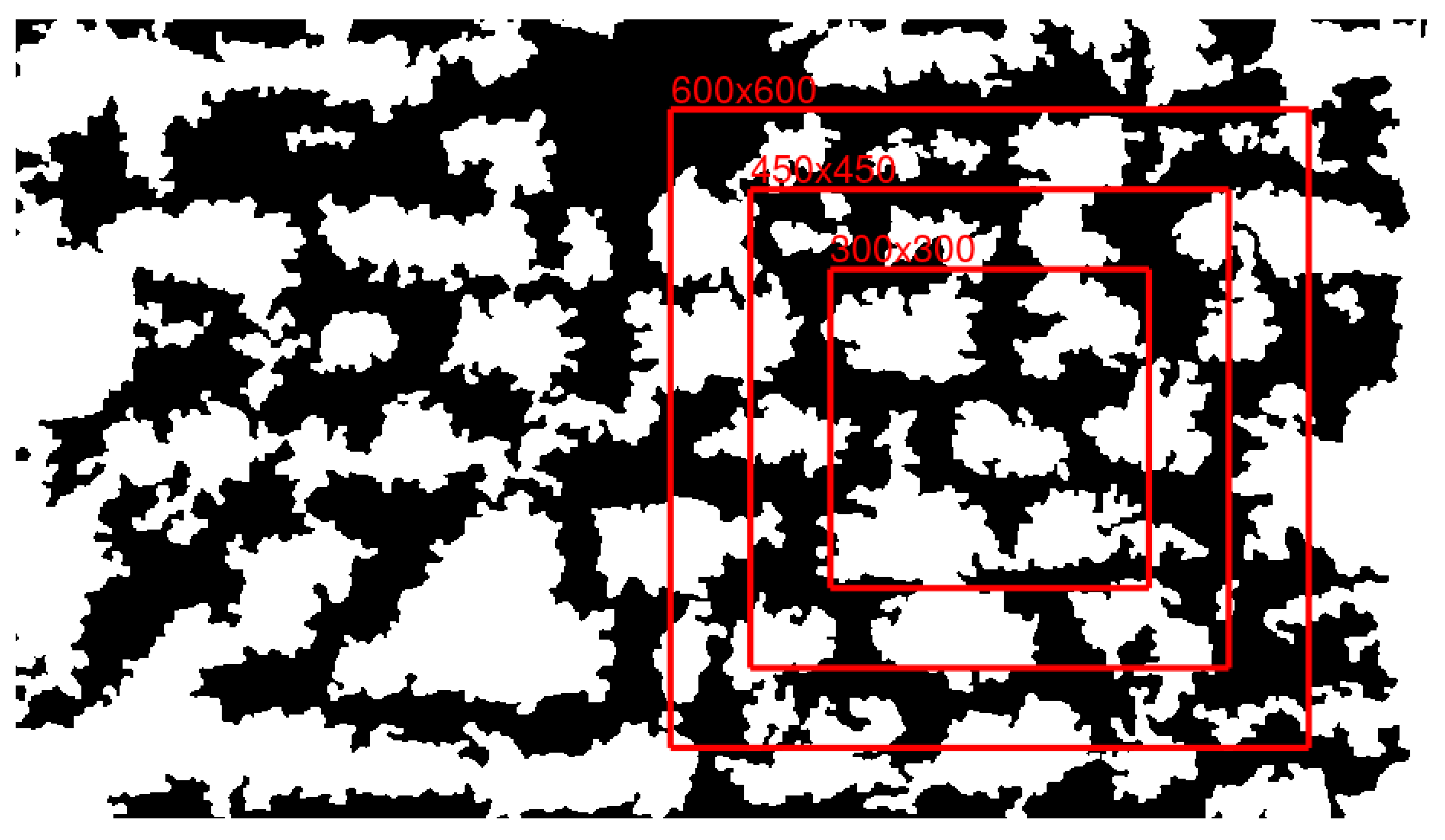
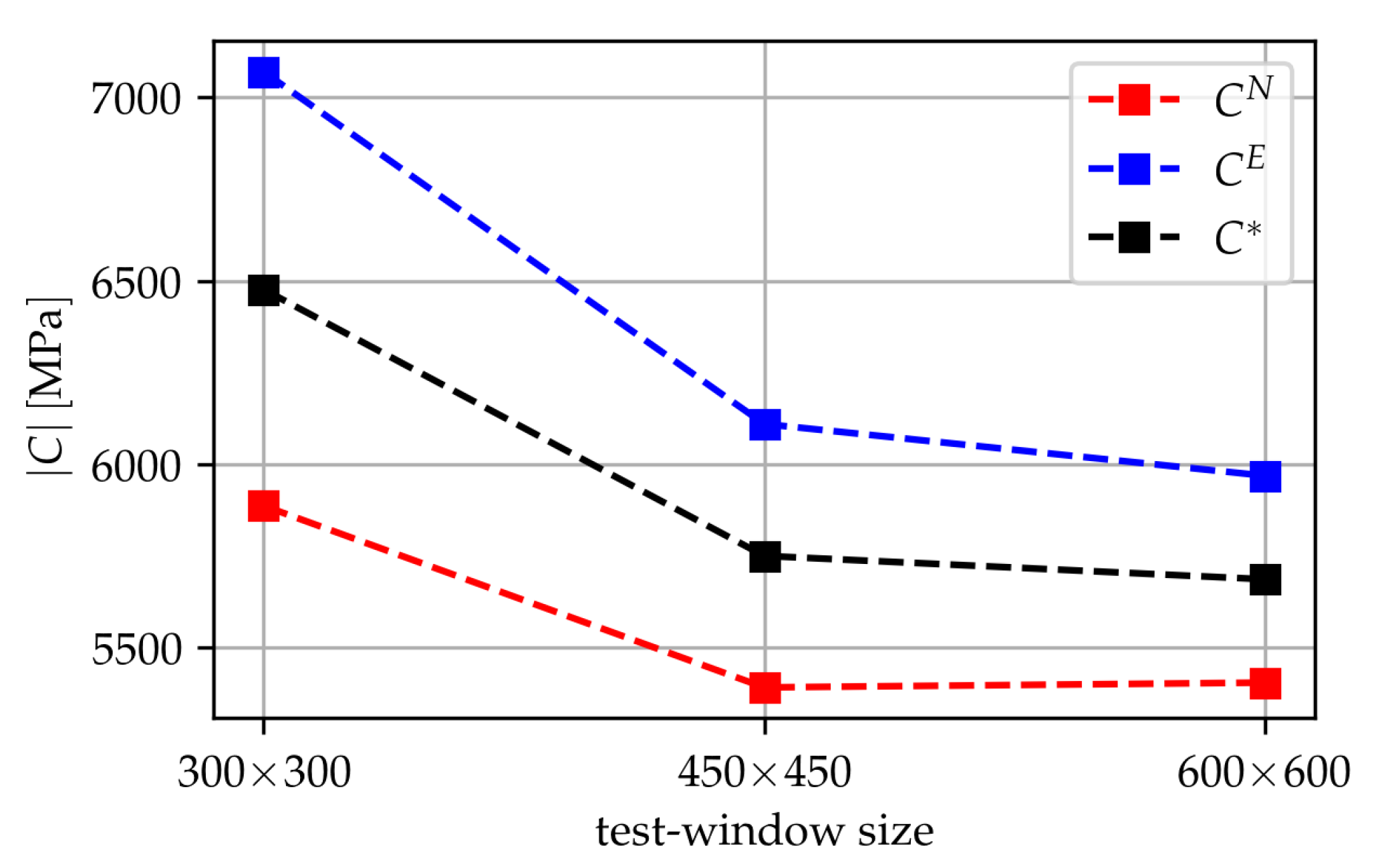
| Window Size | 300 × 300 Pixels | 450 × 450 Pixels | 600 × 600 Pixels | ||||||
|---|---|---|---|---|---|---|---|---|---|
| Estimate | |||||||||
| 4206.8 | 5245.8 | 4726.3 | 3673.8 | 4087.1 | 3880.5 | 3686.4 | 3991.8 | 3839.1 | |
| 826.5 | 862.4 | 844.4 | 748.7 | 785.0 | 766.8 | 731.4 | 777.6 | 754.5 | |
| 3677.0 | 4226.2 | 3951.6 | 3549.8 | 4109.7 | 3829.7 | 3567.1 | 4033.0 | 3800.1 | |
| 1437.9 | 1761.5 | 1599.7 | 1358.7 | 1574.6 | 1466.6 | 1352.4 | 1489.1 | 1420.7 | |
| 5886.9 | 7069.9 | 6476.6 | 5391.9 | 6109.9 | 5750.4 | 5404.9 | 5968.9 | 5686.6 | |
| 0.522 | 0.478 | 0.470 | |||||||
Publisher’s Note: MDPI stays neutral with regard to jurisdictional claims in published maps and institutional affiliations. |
© 2020 by the authors. Licensee MDPI, Basel, Switzerland. This article is an open access article distributed under the terms and conditions of the Creative Commons Attribution (CC BY) license (http://creativecommons.org/licenses/by/4.0/).
Share and Cite
Gusella, V.; Cluni, F.; Liberotti, R. Feasibility of a Thermography Nondestructive Technique for Determining the Quality of Historical Frescoed Masonries: Applications on the Templar Church of San Bevignate. Appl. Sci. 2021, 11, 281. https://doi.org/10.3390/app11010281
Gusella V, Cluni F, Liberotti R. Feasibility of a Thermography Nondestructive Technique for Determining the Quality of Historical Frescoed Masonries: Applications on the Templar Church of San Bevignate. Applied Sciences. 2021; 11(1):281. https://doi.org/10.3390/app11010281
Chicago/Turabian StyleGusella, Vittorio, Federico Cluni, and Riccardo Liberotti. 2021. "Feasibility of a Thermography Nondestructive Technique for Determining the Quality of Historical Frescoed Masonries: Applications on the Templar Church of San Bevignate" Applied Sciences 11, no. 1: 281. https://doi.org/10.3390/app11010281






